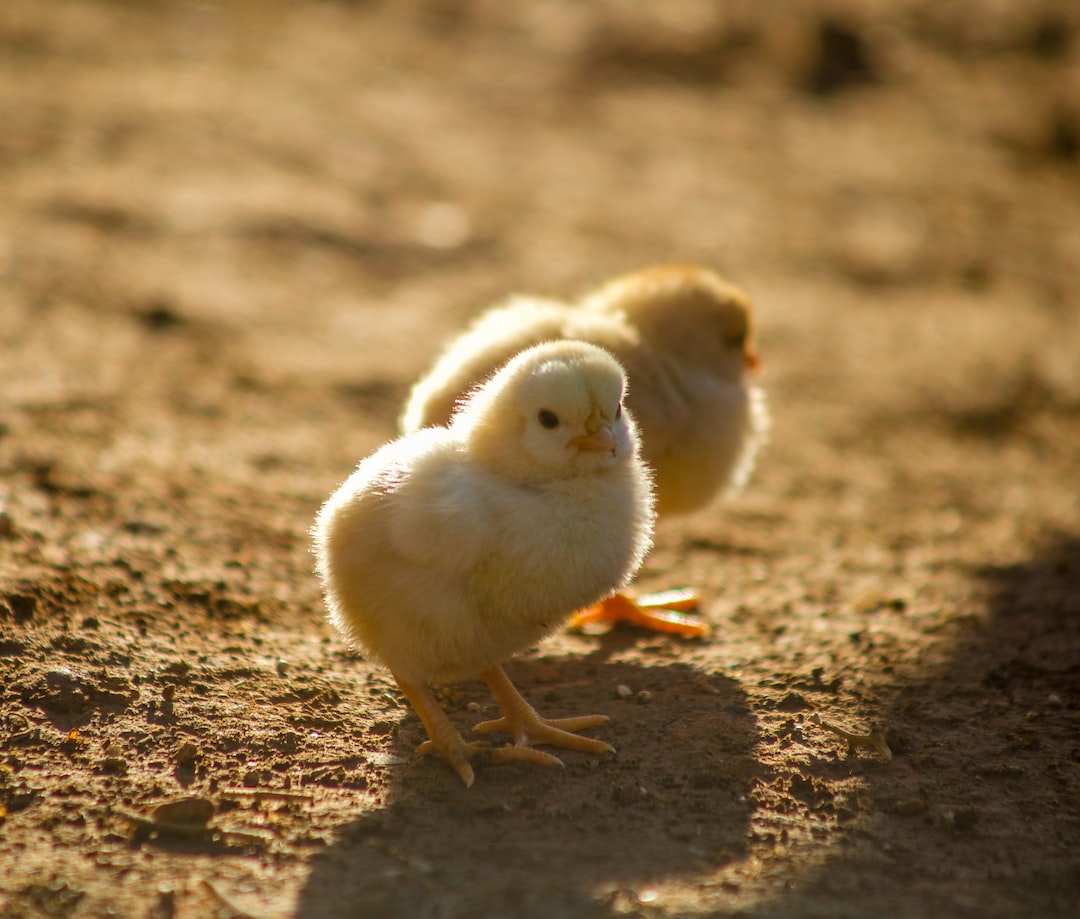The Dangers and Solutions of Animal Poaching
The earth is home to an extraordinary variety of species, each playing a vital role in maintaining the delicate balance of our ecosystems. Unfortunately, human activities have posed numerous threats to these animals, with animal poaching being one of the greatest. This illegal practice involves the hunting and capturing of animals for their body parts or exotic pets, leading to devastating consequences for both the targeted species and the ecosystems they inhabit. In this blog post, we will explore the dangers of animal poaching and discuss potential solutions to address this pressing issue.
Animal poaching has far-reaching consequences that extend beyond the loss of individual animals. One of the most significant impacts is the disruption of ecosystems. Each species has a crucial role to play in maintaining the balance of its environment. When a keystone species, which holds a disproportionate influence over an ecosystem, is poached, it can trigger a domino effect. This can lead to a cascade of negative consequences, such as the loss of biodiversity, disruption of food chains, and alteration of landscapes.
Furthermore, the poaching of endangered animals for their body parts has a devastating effect on their populations. Animals such as elephants, rhinos, and tigers are hunted for their ivory, horns, and bones, respectively, which are highly prized in some traditional medicines and for their aesthetic value. These practices have pushed many of these species to the brink of extinction, as the demand for their body parts continues to drive poachers.
The financial incentives behind animal poaching are immense, making it an attractive trade for criminal organizations. According to estimates, the illegal wildlife trade is valued at billions of dollars annually, making it one of the most lucrative illegal activities, alongside drugs and arms trafficking. This high profitability fuels corruption, which, in turn, hampers law enforcement efforts, making it challenging to combat poaching effectively.
To tackle the dangers of animal poaching, it is essential to adopt a multi-faceted approach. One crucial step is to address the demand for wildlife products. Awareness campaigns and education programs targeted at consumer countries can help dissuade individuals from purchasing products derived from endangered animals. By changing attitudes and perceptions, the demand for these items can be reduced, creating a substantial impact on the market.
In addition to targeting the demand, increased law enforcement and stricter regulations are crucial in combating animal poaching. Governments need to allocate adequate resources to fight poaching, including funding and training for wildlife rangers, strengthening anti-poaching units, and improving intelligence networks. This integrated approach will help disrupt the networks of poachers and make it more difficult for them to carry out their illegal activities.
Many conservation organizations are working tirelessly to protect endangered species and their habitats. Collaborative efforts between governmental and non-governmental organizations, communities, and local stakeholders are essential to ensuring the long-term survival of endangered species. Such partnerships can assist in developing sustainable livelihood alternatives for communities that rely on poaching as a source of income, thus reducing the pressure on wildlife populations.
Moreover, international cooperation is essential in addressing animal poaching effectively. Governments worldwide need to come together to strengthen global initiatives such as the Convention on International Trade in Endangered Species (CITES) and the United Nations’ Global Wildlife Program. By establishing a comprehensive legal framework and sharing intelligence and resources, countries can collectively combat animal poaching more efficiently.
Technology also plays a vital role in the fight against animal poaching. Advancements in remote sensing, satellite imagery, and data analysis can aid in monitoring critical habitats and detecting poaching activities. Drones, for instance, have been successfully employed to patrol vast areas, providing real-time information to law enforcement agencies. By utilizing these technologies, authorities can respond quickly to potential poaching incidents, increasing the chances of apprehending perpetrators.
Curbing animal poaching requires a collective effort from governments, organizations, communities, and individuals. By addressing the demand, strengthening law enforcement, fostering collaboration, and embracing technology, we can begin to combat this detrimental practice. Together, we can safeguard our planet’s biodiversity and ensure the survival of these magnificent animals for generations to come. The time to act is now – let us join forces to protect our wildlife and create a harmonious coexistence between humans and animals.

